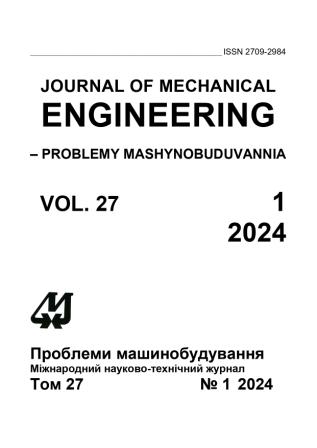Використання ансамблю нейронних мереж для визначення діагностичних параметрів хребців
Аннотация
Штучний інтелект відкриває великі перспективи в багатьох сферах діяльності людини, насамперед у медицині. Одним із пріоритетних напрямів використання штучного інтелекту в цій галузі є сегментація медичних зображень задля автоматичного діагностування поширених захворювань. У цій роботі досліджується, зокрема, можливість застосування ансамблю нейронних мереж для діагностування остеопорозу. Для досягнення вказаної мети вивчено можливості використання методів машинного навчання для сегментації і визначення форми й розмірів певних хребців (Th8, Th9, Th10, Th11 хребця людини) на рентгенівських зображеннях, отриманих у реальних умовах. Досліджено низку нейронних мереж, які застосовуються в обробці зображень, й запропоновано алгоритм одночасного їх використання для якісного визначення діагностичних параметрів.
Загрузки
Опубликован
Выпуск
Раздел
Лицензия
Copyright (c) 2024 В. Д. Конюхов

Это произведение доступно по лицензии Creative Commons «Attribution-NoDerivatives» («Атрибуция — Без производных произведений») 4.0 Всемирная.
Авторы, публикующиеся в этом журнале, соглашаются со следующими условиями:
- Авторы оставляют за собой право на авторство своей работы и передают журналу право первой публикации этой работы на условиях лицензионного договора (соглашения).
- Авторы имеют право заключать самостоятельно дополнительные договора (соглашения) о неэксклюзивном распространении работы в том виде, в котором она была опубликована этим журналом (например, размещать работу в электронном хранилище учреждения или публиковать в составе монографии), при условии сохранения ссылки на первую публикацию работы в этом журнале.
- Политика журнала позволяет размещение авторами в сети Интернет (например, в хранилищах учреждения или на персональных веб-сайтах) рукописи работы, как до подачи этой рукописи в редакцию, так и во время ее редакционной обработки, поскольку это способствует возникновению продуктивной научной дискуссии и позитивно отражается на оперативности и динамике цитирования опубликованной работы (см. The Effect of Open Access).

